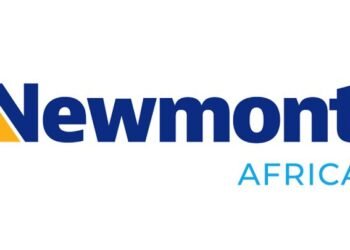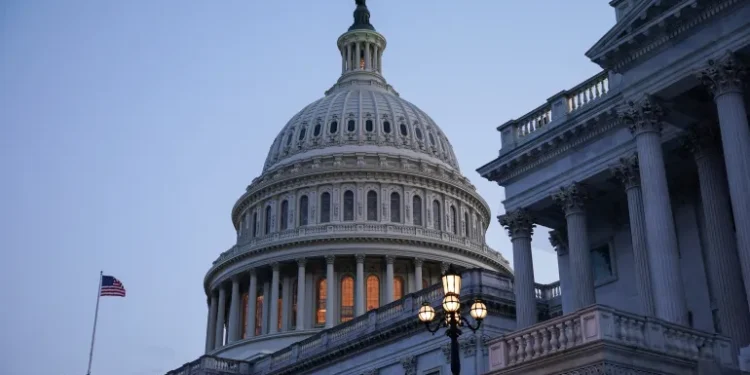The Ghana Chamber of Oil Marketing Companies (COMAC) has unveiled its Petroleum Volumes Analysis Report for the period from January to October 2024, offering an in-depth look at the dynamics of fuel consumption and regional petroleum supply across the country.
The report highlighted significant developments in consumption trends, regional variations, and product performance metrics, with comparisons drawn between the first half of 2023 and the first half of 2024.
Structured into three key chapters—National Petroleum Product Supply, Regional Petroleum Product Supply, and OMC & LPGMC Performance—the report provided a clear and detailed understanding of the evolving petroleum supply landscape.
It analyzed an extensive array of petroleum products, including petrol, diesel, LPG, kerosene, premix, gasoil, marine gas oil (MGO), ATK (aviation fuel), and residual fuel oil (RFO).
“The national consumption for the 1st half of 2024 was recorded at 3,074 million litres marking a notable 14.88% increase from the 2,676 million litres recorded in 2023.
“In the first half of 2024, Gasoil (Cell Site) saw the highest percentage increase at 644.38%, followed by Naphtha with a 200.00% increase, and MGO Foreign with a 151.06% increase.”
Chamber of Oil Marketing Companies (COMAC)
The report also highlighted products that experienced significant increases in volumes lifted, with Gasoline, Gasoil Diesel, and Gasoil (Cell Site) leading the pack.
Conversely, Kerosene and Gasoil (Rig) witnessed declines in supply, reflecting changing demand patterns and possible operational shifts.
Regional Supply Trends
The regional analysis provided a granular perspective on petroleum supply, revealing stark contrasts in consumption and performance across different parts of the country.
“Overall, diesel supply rose by 9.53%. The Upper West region recorded the highest increase at 284.78%, followed by Upper East at 153.20%. Conversely, Greater Accra and Ashanti saw declines of -1.13% and -8.16%, respectively.”
Chamber of Oil Marketing Companies (COMAC)
Petrol supply increased nationally by 12.03%, with several regions posting exceptional growth:
Upper West saw a dramatic 176.41% increase. Meanwhile, Upper East recorded 85.75% rise, signaling expanding fuel accessibility and economic activities in the northern regions.
Declines were observed in regions such as Central and Ashanti, indicating localized factors affecting supply or demand.
The supply of LPG grew by 8.96%, reflecting its rising use for household cooking and industrial purposes. While Upper West recorded 122.85% increase, showcasing efforts to expand clean energy access, Northern Region did 56.10% rise, marking significant progress in penetration.
Greater Accra (-8.14%) and Eastern (-8.51%) saw reductions, pointing to potential supply chain challenges or demand shifts.
“The supply of Premix fuel increased by 31.55%. Northern and Volta regions led the growth with 74.00% and 38.87%, respectively. Ashanti, Upper East, and Upper West regions did not record any supply.”
Chamber of Oil Marketing Companies (COMAC)
Specialized Fuels
Gasoil (Cell Site) recorded an astronomical 644.38% increase, led by Western (1135.70%) and Greater Accra (1328.20%), highlighting their significance in telecommunications infrastructure.
The report revealed that MGO Local saw a notable increase of 149.96%, with Western and Greater Accra regions being the major contributors. Gasoil (Mine). The overall supply increased by 3.15%, with Upper East showing the highest increase at 1295.27%.
“MGO Foreign supply was increased by 151.06%, with Greater Accra and Western regions leading the growth.
“The supply of ATK increased by 7.45%, mainly driven by the Greater Accra and Northern regions.”
Chamber of Oil Marketing Companies (COMAC)
Kerosene recorded national decline of 17.97%, with sharp reductions in Greater Accra, Ashanti, and Eastern, despite increases in Northern and Western regions.
Gasoil (Rig) also experienced a steep 57% decline, driven by reduced activity in Western and Greater Accra regions. Residual Fuel Oil (RFO) increased by 18%, with notable growth in Greater Accra and Western regions.
The report underscored the shifting dynamics of the petroleum industry, revealing both growth opportunities and emerging challenges.
The exceptional increases in specific products like Gasoil (Cell Site) reflect growing industrialization, particularly in telecommunications, while declines in others, such as Kerosene, indicate transitions in consumer preferences or economic factors.
The regional analysis highlighted the uneven distribution of supply and demand, shaped by infrastructure, regional development, and sector-specific needs.
For example, the stark contrast between Upper West’s surge in petrol and diesel consumption and Greater Accra’s relative stagnation suggests varying economic trajectories.
COMAC’s report provided a critical resource for oil marketing companies (OMCs), policymakers, and stakeholders in the energy sector.
By offering comprehensive data and performance metrics, it equips decision-makers with the insights needed to navigate the evolving market, optimize supply chains, and identify investment opportunities.
As the nation continues to witness economic growth and infrastructure expansion, the trends identified in this report may set the tone for future developments in the petroleum industry.
With demand for certain products surging and others declining, stakeholders will need to adapt to the changing energy landscape to meet consumer needs effectively.
COMAC’s efforts to present a detailed and actionable analysis underscore the importance of data-driven strategies in shaping the future of the petroleum sector.
READ ALSO: Ghana’s Monetary Policy Framework In It’s Current State, A ‘Glaring Failure’





















